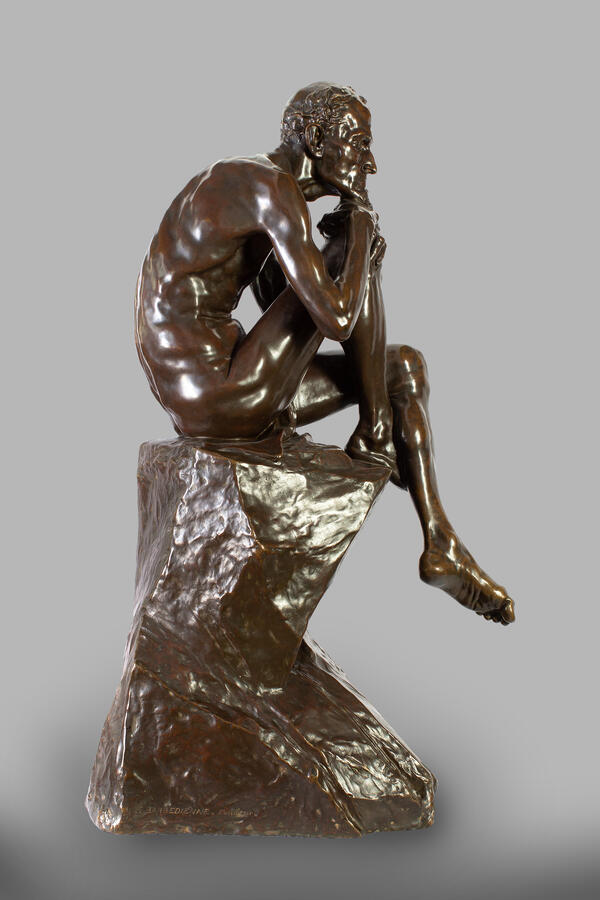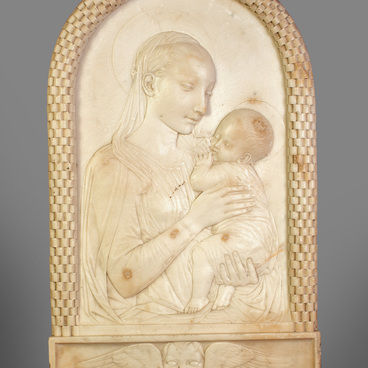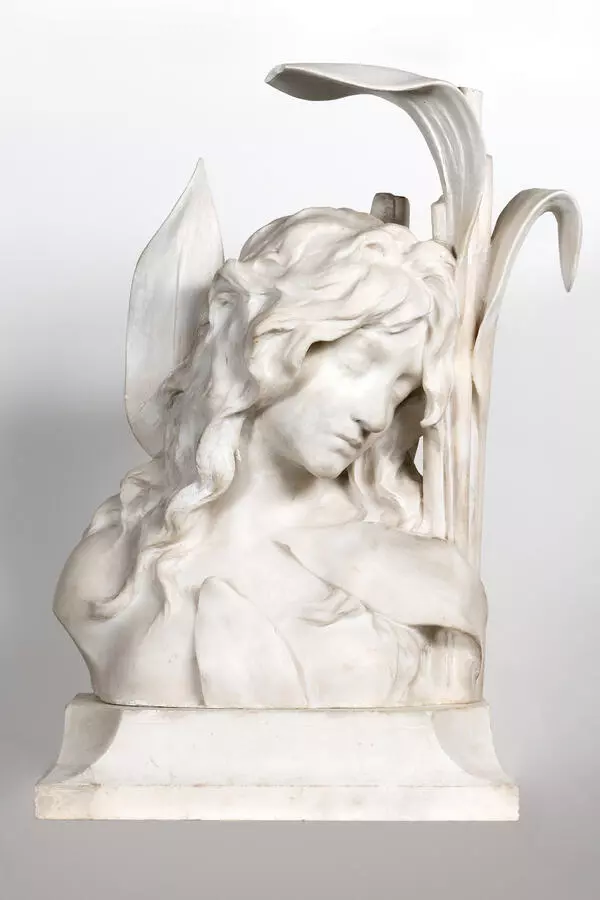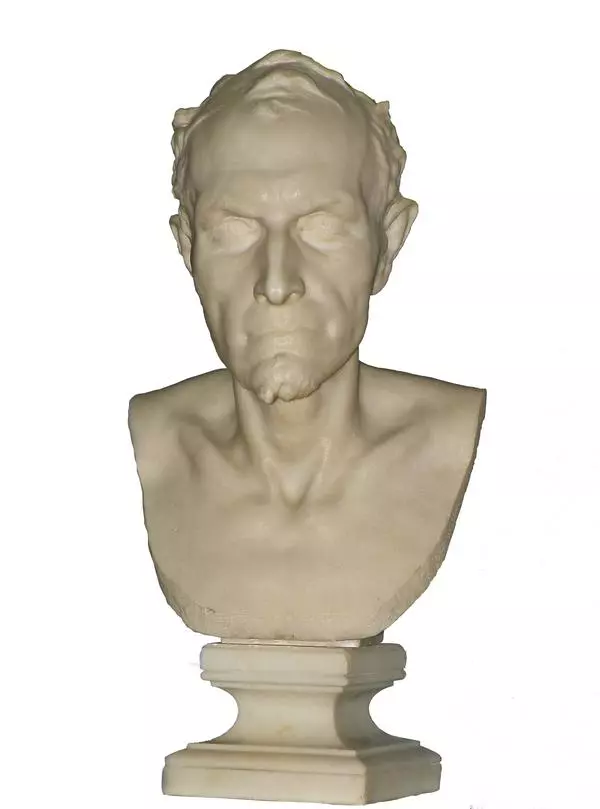The sculpture “Mephistopheles” from the collection of the Tambov Art Gallery was created by the most prominent Russian sculptor of the second half of the 19th century — Mark Matveyevich Antokolsky (1843–1902).
Mark Matveyevich Antokolsky was born in 1843 in Vilna into a poor family of a Jewish innkeeper. When Antokolsky was a child, he studied under a local woodcarver, who was his first teacher. In 1862, Antokolsky managed to enter the Academy of Arts as a non-matriculated student. At the Academy, he became close friends with Ilya Repin, Kramskoy and Stasov, who contributed to the formation of his artistic vision.
After Antokolsky had graduated from the Academy, his life turned out to be difficult. He went to Italy to deal with his health issues. He lived in Rome until 1889, then moved to Paris and remained there until his death. He spent most of his life living abroad, for almost 30 years, visiting his homeland only occasionally.
Antokolsky did not specialize in genre scenes and never was not a simple copyist of life. His understanding of realism had nothing in common with the concept of illustration, and this becomes evident from his approach to nature. The sculpture “Mephistopheles” belongs to the second period of the sculptor’s career when he focused on works that invited philosophical contemplation.
“Mephistopheles” was intended as the opposite piece to the sculpture “Christ Before the People”. Following the legend, Christ is depicted wearing the clothes of a commoner, with his hands tied and his head bowed, about to be judged by the people. Antokolsky wanted to create an image of a man who was utterly convinced that he was right. “Mephistopheles” in Antokolsky’s interpretation is not about the personification of all evil, but rather the paralyzing self-scrutiny and skepticism, questioning everything and getting tormented by this inner emptiness.
In 1885, Antakolsky wrote to Stasov,
Mark Matveyevich Antokolsky was born in 1843 in Vilna into a poor family of a Jewish innkeeper. When Antokolsky was a child, he studied under a local woodcarver, who was his first teacher. In 1862, Antokolsky managed to enter the Academy of Arts as a non-matriculated student. At the Academy, he became close friends with Ilya Repin, Kramskoy and Stasov, who contributed to the formation of his artistic vision.
After Antokolsky had graduated from the Academy, his life turned out to be difficult. He went to Italy to deal with his health issues. He lived in Rome until 1889, then moved to Paris and remained there until his death. He spent most of his life living abroad, for almost 30 years, visiting his homeland only occasionally.
Antokolsky did not specialize in genre scenes and never was not a simple copyist of life. His understanding of realism had nothing in common with the concept of illustration, and this becomes evident from his approach to nature. The sculpture “Mephistopheles” belongs to the second period of the sculptor’s career when he focused on works that invited philosophical contemplation.
“Mephistopheles” was intended as the opposite piece to the sculpture “Christ Before the People”. Following the legend, Christ is depicted wearing the clothes of a commoner, with his hands tied and his head bowed, about to be judged by the people. Antokolsky wanted to create an image of a man who was utterly convinced that he was right. “Mephistopheles” in Antokolsky’s interpretation is not about the personification of all evil, but rather the paralyzing self-scrutiny and skepticism, questioning everything and getting tormented by this inner emptiness.
In 1885, Antakolsky wrote to Stasov,










